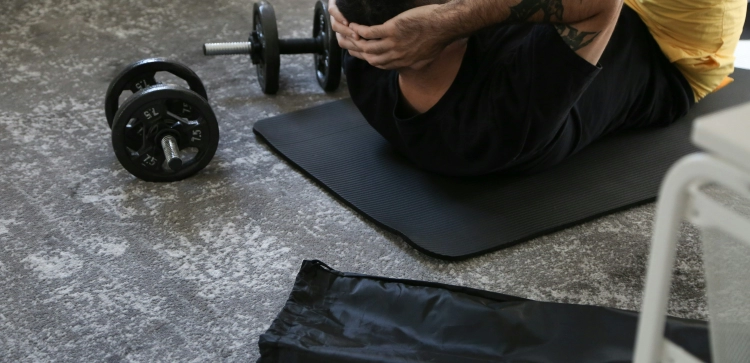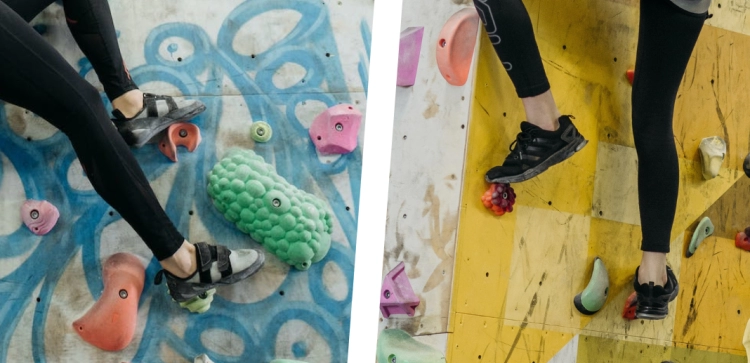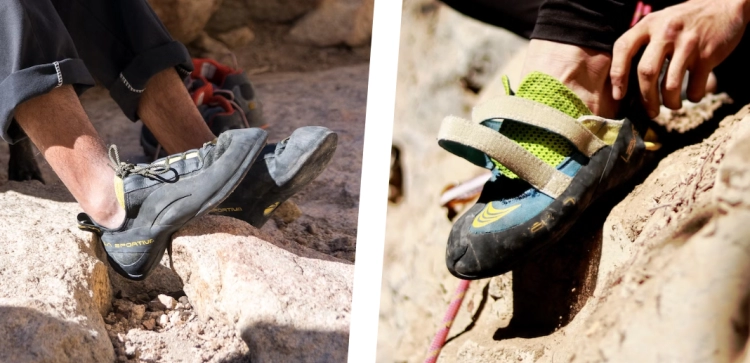







Climbers Point
It depends on the climbing gear for me.
Shoes - I would just wear them, see how they feel, fit, and perform.
Climbing rope - I would personally not test my luck with this. Maybe others would disagree, but I don't know if I could feel safe on a rope with those conditions. I am sure there are ways to check and test the rope though, but it may be cheaper just to buy a new rope in that case.
In the end, for me, it would come down to what I categorize as safety vs performance. Shoes would fall under performance, worse case, just toss them and get new ones, or bring another pair with you just in case they can't be climbed in. Safety would have anything that keeps you safe, such as a rope and harness. These I would personally not trust with my life if their condition is not great.
Chalk - if it's moldy, which I have never seen before, but just for the point - I would toss.
What is the specific climbing gear, and are there any signs of wear and tear or damage?
As many as you wish! i have a pair for trad/crack climbing and long routes, slab/vertical sport climbing and a bouldering pair for short durations.
Yes! why not get another pair for different applications.










